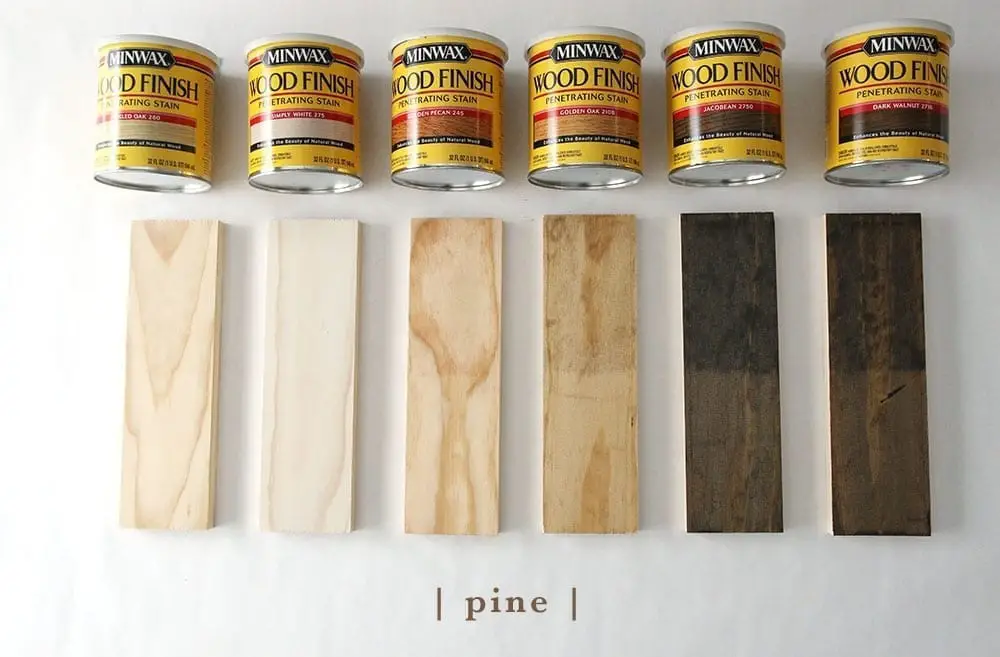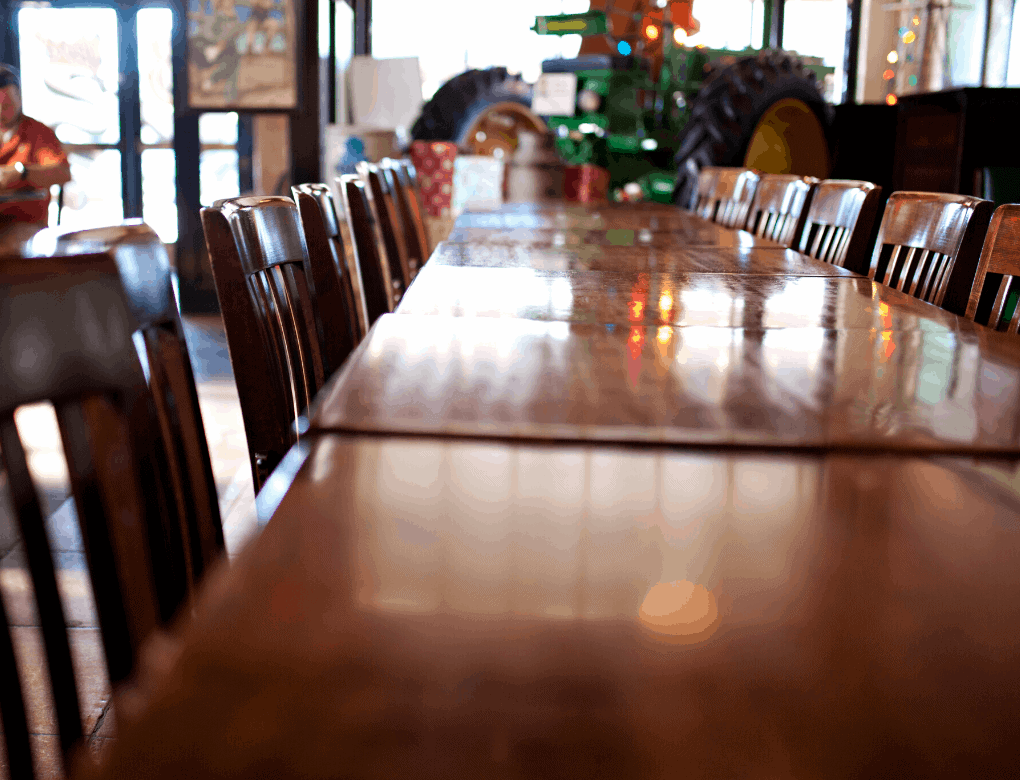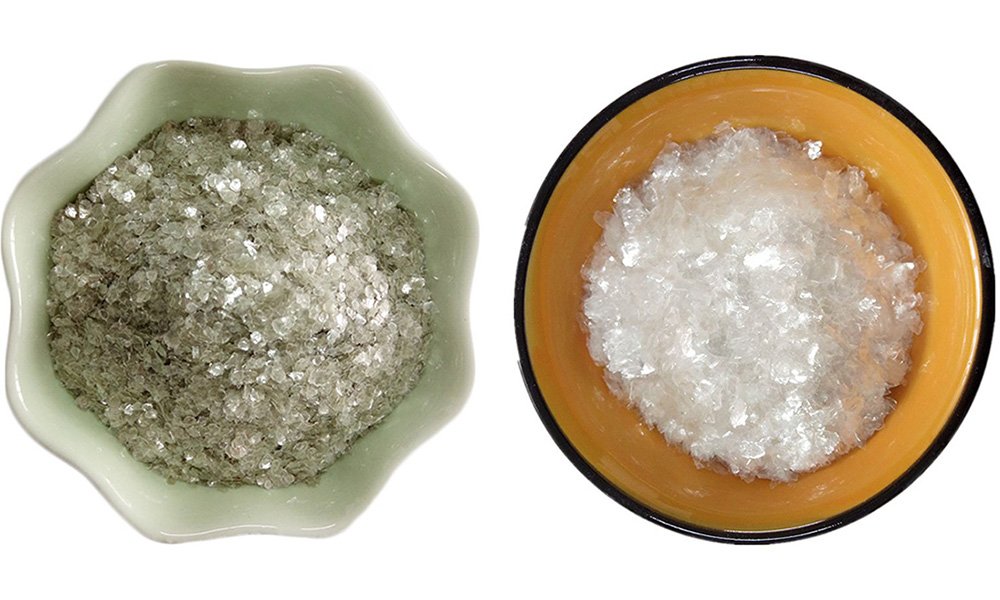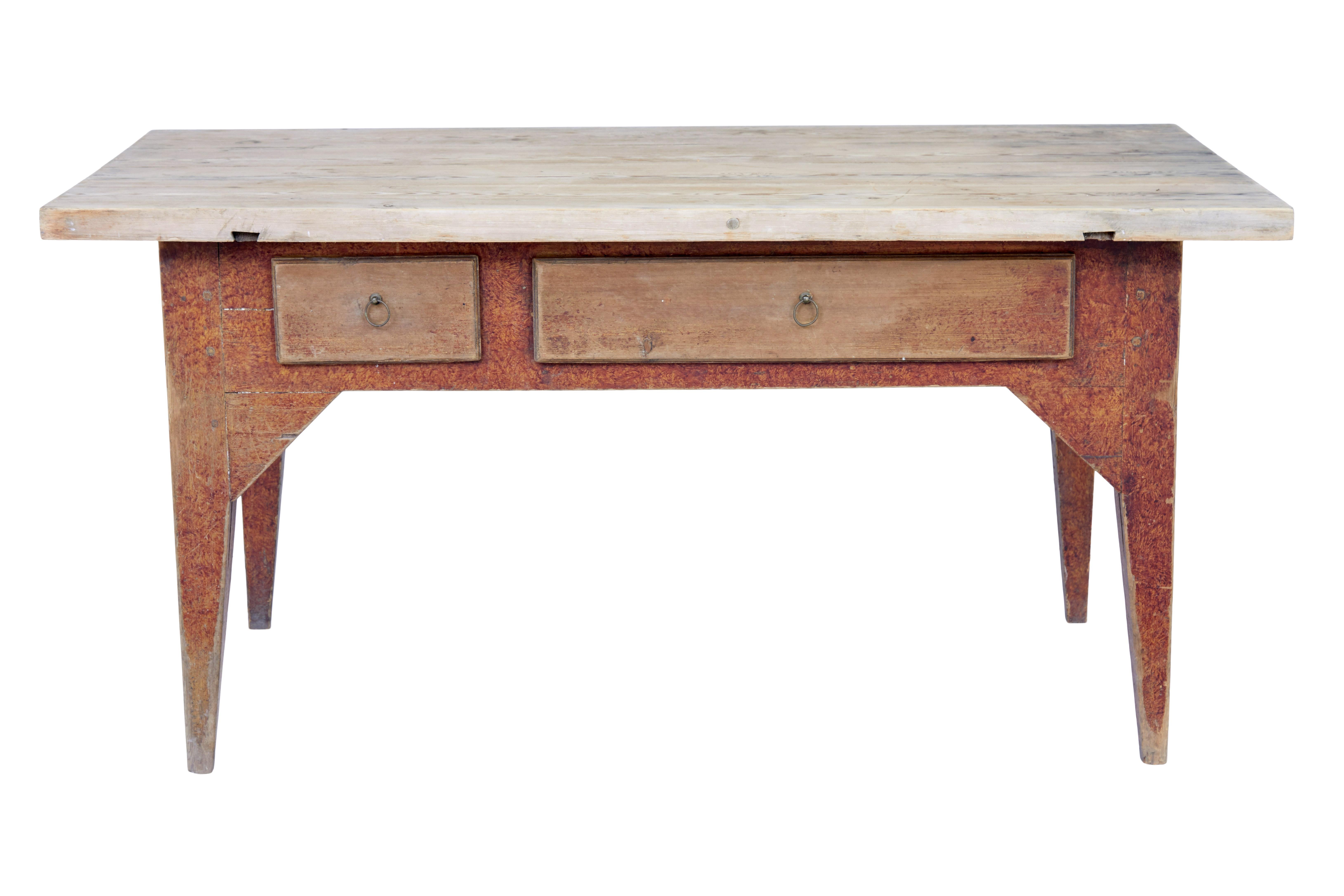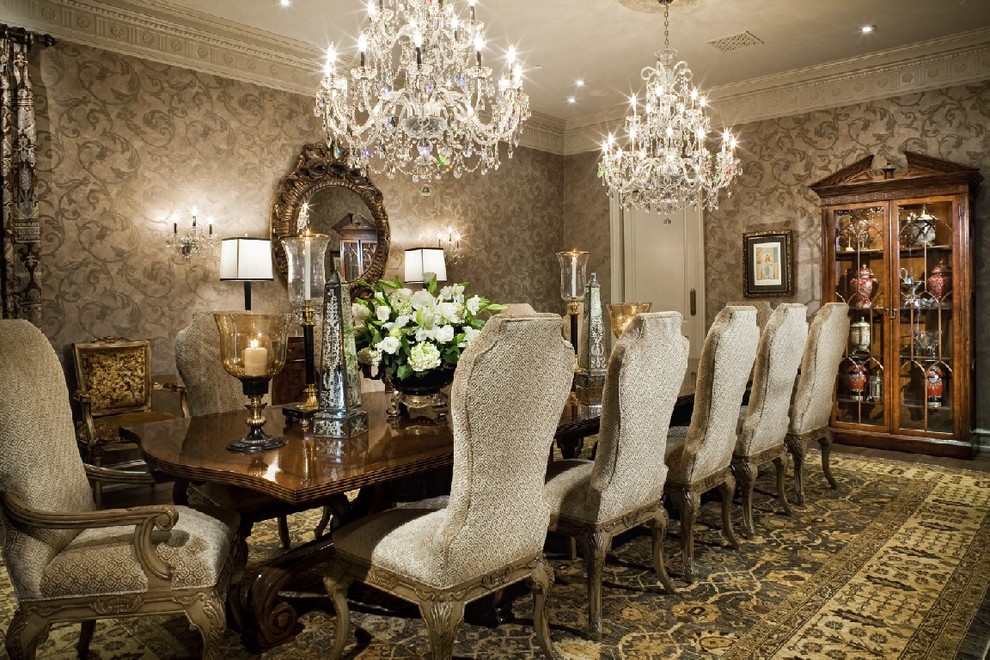Finishing a pine kitchen table is an important step in preserving its beauty and protecting it from everyday wear and tear. Pine is a softwood that is prone to scratches, stains, and discoloration, so it is crucial to choose the right finish to ensure its longevity. In this article, we will guide you through the process of finishing a pine kitchen table, from preparation to application, to help you achieve a beautiful and durable result.1. How to Finish a Pine Kitchen Table
There are various finishes available for pine wood tables, each with its own advantages and disadvantages. The most common finishes for pine tables are oil-based, water-based, and polyurethane. Oil-based finishes, such as tung oil or linseed oil, offer a natural and warm look to the wood but require frequent reapplication. Water-based finishes, such as acrylic or latex, are more durable and have a faster drying time, but they can sometimes give a plastic-like appearance. Polyurethane, both oil-based and water-based, is a popular choice for its durability and resistance to scratches and stains.2. Best Finishes for Pine Wood Tables
If you are on a budget or enjoy DIY projects, you can easily finish your pine kitchen table on your own. One of the most popular DIY techniques is using a mixture of equal parts of linseed oil, turpentine, and apple cider vinegar. This natural and eco-friendly mixture will give your table a beautiful and soft sheen. You can also try using beeswax or a beeswax-based polish for a more rustic look. However, keep in mind that these DIY techniques may not offer as much protection as commercially available finishes.3. DIY Pine Kitchen Table Finishing Techniques
Staining a pine table is an excellent way to enhance its natural beauty and add color to your space. When choosing a stain, make sure to test it on a small area first to see how it looks on your specific type of pine wood. Pine is a softwood that can absorb stain unevenly, so it is essential to sand the table thoroughly and apply a wood conditioner before staining to ensure an even finish. After staining, seal the wood with a clear or tinted polyurethane to protect it from spills and scratches.4. Tips for Staining and Sealing a Pine Table
If your pine kitchen table is old and worn out, you may consider refinishing it to restore its beauty. Refinishing a pine table involves sanding off the old finish, repairing any damages, and applying a new finish. Start by sanding the table with a medium grit sandpaper, then switch to a fine grit for a smooth finish. Use wood filler to fill in any cracks or holes, and sand again after it dries. Finally, apply your chosen finish following the instructions and let it dry completely before using the table.5. Pine Table Refinishing: Step-by-Step Guide
When it comes to choosing the right finish for your pine kitchen table, there are a few factors to consider. First, think about the look you want to achieve - a natural and warm finish or a more glossy and durable one. Also, consider the level of protection you need for your table - do you have young children or pets that may cause scratches or spills? Additionally, think about the maintenance and reapplication requirements of each finish to ensure you can keep up with them.6. Choosing the Right Finish for Your Pine Kitchen Table
Even with a good finish, pine tables are still susceptible to scratches and stains. To protect your table, use coasters and placemats to prevent watermarks and scratches from hot dishes and utensils. Avoid using abrasive cleaners and instead, clean the table with a damp cloth and mild soap. For stubborn stains, make a paste of baking soda and water and gently scrub the area. Lastly, consider applying a wax or polish every few months to add an extra layer of protection.7. How to Protect a Pine Table from Scratches and Stains
As mentioned earlier, there are natural and synthetic finishes available for pine tables. Natural finishes, such as oils and waxes, offer a more eco-friendly and rustic look, but may not be as durable as synthetic finishes. On the other hand, synthetic finishes, such as polyurethane, offer better protection and a more glossy finish, but may contain chemicals that are harmful to the environment. Consider your priorities and choose the best option for your needs.8. Natural vs. Synthetic Finishes for Pine Tables
Restoring an old pine kitchen table requires more effort and time, but it can be a rewarding project. Before starting, determine the type of finish currently on the table, as this will affect the sanding and stripping process. Also, make sure to work in a well-ventilated area and wear protective gear, as some finishes may contain harmful chemicals. Take your time and follow the steps carefully to achieve the best results.9. Restoring an Old Pine Kitchen Table: What You Need to Know
Finishing a pine table may seem like a straightforward process, but there are some common mistakes that can affect the outcome. One of the most common mistakes is not sanding the table enough before applying the finish, resulting in an uneven and blotchy appearance. Another mistake is not wiping off excess stain or finish, which can cause a sticky and tacky surface. Additionally, not following the instructions or using the wrong tools can also lead to unsatisfactory results. In conclusion, finishing a pine kitchen table is a crucial step in maintaining its beauty and durability. With the right techniques and products, you can achieve a stunning and long-lasting finish that will make your table the centerpiece of your kitchen. Remember to consider your priorities and take your time to ensure a successful result. Now that you have all the information and tips, it's time to start your pine table finishing project and give your kitchen a fresh new look!10. Common Mistakes to Avoid When Finishing a Pine Table
Why Finish Your Pine Kitchen Table?
Protecting Your Investment
 Pine is a popular choice for kitchen tables due to its affordability and rustic charm. However, without proper protection, it can easily become scratched, stained, and damaged over time. By finishing your pine kitchen table, you are not only enhancing its appearance, but also protecting your investment.
Pine is a popular choice for kitchen tables due to its affordability and rustic charm. However, without proper protection, it can easily become scratched, stained, and damaged over time. By finishing your pine kitchen table, you are not only enhancing its appearance, but also protecting your investment.
Enhancing the Aesthetic
 A finished pine kitchen table can bring a whole new level of beauty to your kitchen. With a variety of finishes available, you can choose one that complements your existing decor or creates a statement piece in the room. From a natural look with a clear coat to a more dramatic finish with dark stain, the possibilities are endless.
A finished pine kitchen table can bring a whole new level of beauty to your kitchen. With a variety of finishes available, you can choose one that complements your existing decor or creates a statement piece in the room. From a natural look with a clear coat to a more dramatic finish with dark stain, the possibilities are endless.
Increasing Durability
 A well-finished pine kitchen table can withstand the daily wear and tear of a busy household. The right finish can provide a protective barrier against spills, scratches, and heat, making your table more durable and long-lasting. This is especially important in a high-traffic area like the kitchen, where accidents and messes are bound to happen.
A well-finished pine kitchen table can withstand the daily wear and tear of a busy household. The right finish can provide a protective barrier against spills, scratches, and heat, making your table more durable and long-lasting. This is especially important in a high-traffic area like the kitchen, where accidents and messes are bound to happen.
Easy Maintenance
 A finished pine kitchen table is also easier to maintain and keep clean. The right finish can make your table more resistant to stains and spills, making it easier to wipe off any messes with a damp cloth. This can save you time and effort in the long run, allowing you to enjoy your table without the stress of constant cleaning and maintenance.
In conclusion,
finishing your pine kitchen table is a crucial step in creating a beautiful and functional space. It not only protects your investment, but also enhances the aesthetic, increases durability, and makes maintenance easier. With the right finish, you can transform your plain pine table into a stunning centerpiece in your kitchen. So, don't hesitate to give your table the love and protection it deserves by finishing it today.
A finished pine kitchen table is also easier to maintain and keep clean. The right finish can make your table more resistant to stains and spills, making it easier to wipe off any messes with a damp cloth. This can save you time and effort in the long run, allowing you to enjoy your table without the stress of constant cleaning and maintenance.
In conclusion,
finishing your pine kitchen table is a crucial step in creating a beautiful and functional space. It not only protects your investment, but also enhances the aesthetic, increases durability, and makes maintenance easier. With the right finish, you can transform your plain pine table into a stunning centerpiece in your kitchen. So, don't hesitate to give your table the love and protection it deserves by finishing it today.






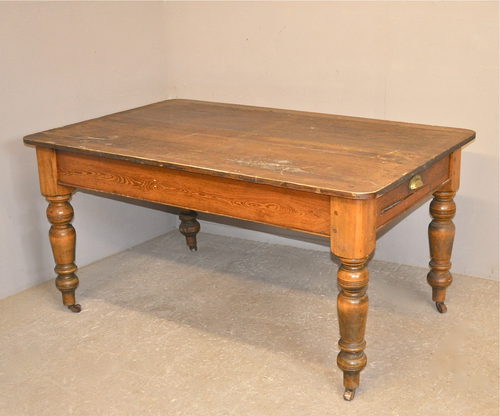


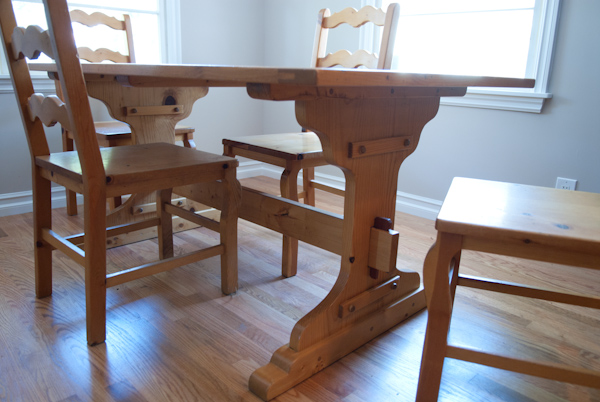







/GettyImages-98458433-b2f63c2945134b75b671af2719e6945f.jpg)

















